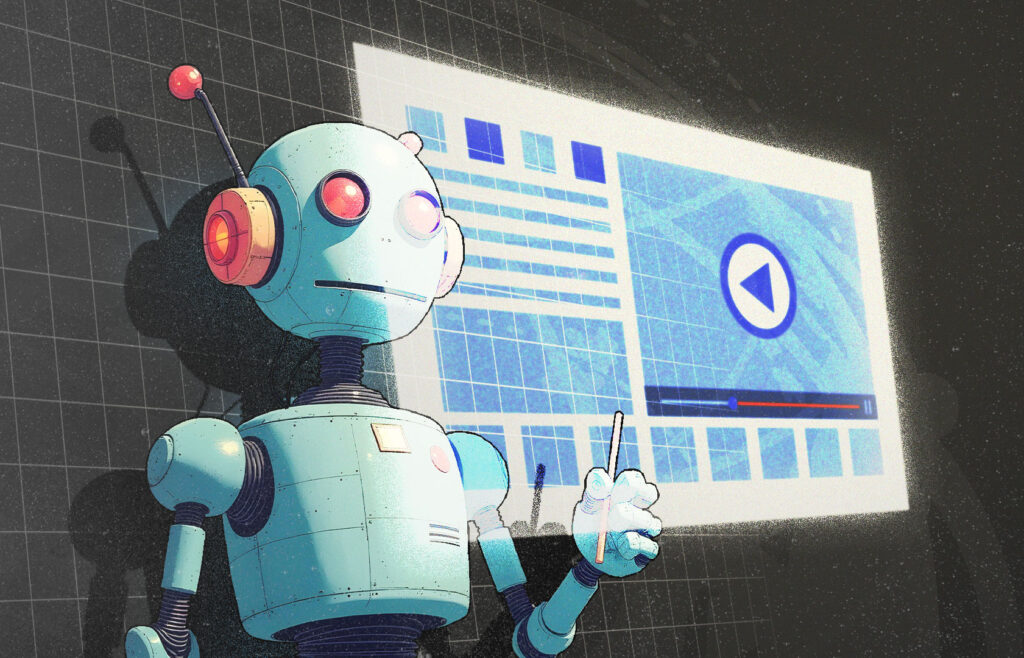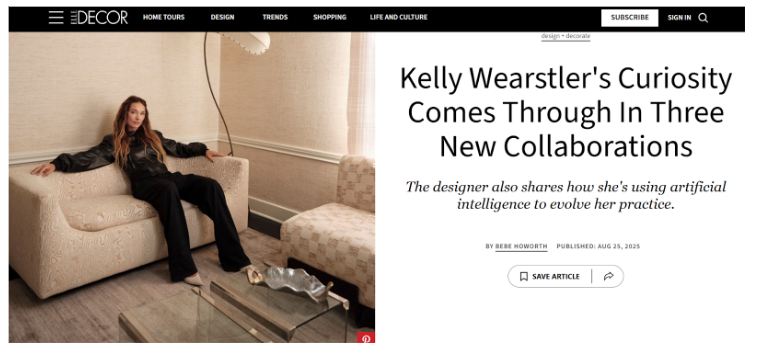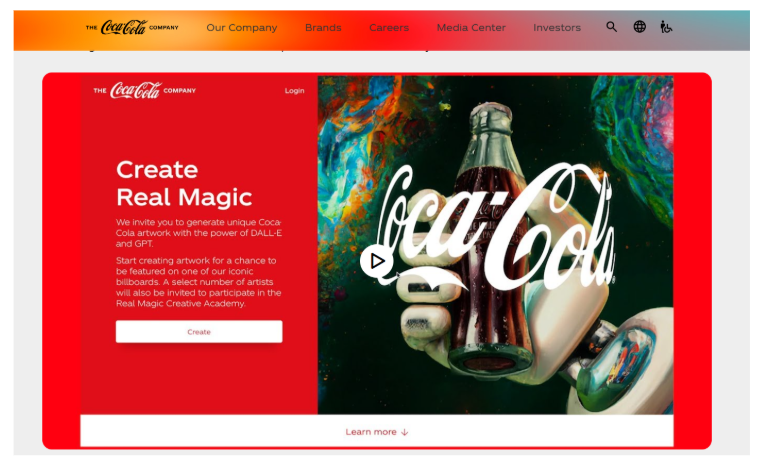AI is bringing a massive change in how we tell stories. From generating images to editing videos and even animating ideas, visual communication technology is hugely influenced by AI. With the right prompts and design direction, the technology is playing a very important role in making creativity more accessible.
With AI transforming visual storytelling, one doesn't need to spend weeks ideating concept ideas. The storytellers can experiment with ideas, integrate facts, and refine their vision before bringing them to life.
The Evolution of Visual Storytelling
According to research by psychologist Jerome Bruner, facts are likely to be remembered 20 times more if they're told as a story. And so, storytelling innovation is playing a key role in transforming complex ideas into simple and compelling stories.
With data being available everywhere, integrating information has become extremely crucial. AI narratives are easy to adapt and then deliver to the audience. AI transforming visual storytelling helps bring exciting developments through visual storytelling.
AI-powered characters can also engage in numerous natural conversations and develop meaningful relationships. With artificial intelligence design, gaming and educational content are becoming more engaging and accessible.
According to Wyzowl’s Video Marketing Statistics 2025 Report, around 89% of businesses use video as their marketing tool.

Integrating storytelling innovation in your business the right way can help to increase brand awareness and boost conversion rate by 30%. Thus, it's time for businesses of all sizes to start integrating this technology.
How AI Enhances the Storytelling Process?
With the advent of AI, visual communication technology has undergone significant improvements. Some of the key ways through which AI is transforming visual storytelling include the following:
Automated content creation
Presenters no longer need to create content independently. With the help of AI, content can be easily created with just a few clicks, from tools like Fellow taking notes in brainstorming meetings to tools like ChatGPT for outreach by structuring and proofreading, and more.
Therefore, artificial intelligence design has helped in streamlining the entire process. If you're using any of the AI platforms to create content, ensure that you're not giving vague prompts. The more context and clarity you provide in your AI blog writing prompts, the better the tool can understand your vision and produce content that matches your needs.
AI-driven visual design
Artificial intelligence design is more focused on magnificence. Whether you're a beginner or an advanced professional, you can always rely on AI to get your job done in no time.
From logo design to selecting the appropriate color, themes, and fonts, AI can do all that for you. You can provide a detailed or simple prompt, and the tool will enhance the design accordingly, providing the results through digital storytelling.
Personalization matters
With so much content available everywhere, personalization is a key factor to consider. Visual storytellers and content creators are now focusing on personalizing the content to connect with the audience.
The social media and e-commerce segment needs personalization the most. AI can play a key role in personalizing content and tailoring the results accordingly. From adjusting information to tracking consumer behavior and records, AI storytelling innovation can help with it all.
Virtual Reality integration
Experience and immersive environments play a significant role in visual storytelling, and AI can facilitate this. Virtual reality will help create hyper-immersive environments that transport customers to a whole new world.
The integration of real-life examples will make a significant difference. Product demos can also be enhanced with the help of AI and VR, enabling customers to feel a deeper connection to the product.
AI-powered voiceovers and avatars
AI-powered voiceovers and avatars have been the talk of the town for a long time, and now they have become a reality. These will help reduce the need for manual studio recordings, enabling creators to complete their tasks more efficiently.
AI can generate the script and then perform a voiceover for it. Based on your preferences, you can customize the language and accent to enhance storytelling, making it more captivating and intriguing.
AI's role in financial management for creatives
AI is also playing a crucial role in managing the financial side of creative businesses. For instance, platforms like Brex are leveraging AI to automate expense management, track spending, and provide real-time financial insights, which is essential for design studios and freelancers.
If you're a designer or creative professional looking to streamline your finances, you might even be able to find a Brex discountto get started with their services. By taking care of the operational aspects, AI allows creatives to dedicate more of their energy to the art of storytelling itself.
Real-World Applications
Below are some of the top real-world applications of AI transforming visual storytelling:
Kelly Wearstler's Design Practice
The renowned interior designer, Kelly Wearstler, utilizes AI throughout the design phase, from concept creation to schematic design and even construction administration. In one of her interviews with ELLE Decor, she discussed how she utilizes tools like Sora to transform ideas into videos, thereby facilitating the visualization of complex projects.
She instantly incorporated inspiration from the spa designs for her Lake Tahoe hotel, which could have taken months of work.

Source
Toys "R" Us’s AI-powered brand film
Toys “R” Us’s AI-powered ad used OpenAI's Sora for creating nostalgic and surreal videos. It blended historical imagery with playful visuals to reintroduce the brand. It showed how AI can be used in the long run for integrating creative storytelling. However, the movie did receive some mixed reviews.
Heinz AI ketchup
Heinz used DALL•E 2 to visualize ketchup. This was one of the most playful campaigns the brand has ever launched. Through the use of AI, numerous images were generated that resembled the iconic Heinz bottle.
All you needed to do was provide abstract prompts. This went viral globally, garnering around 1.15 billion impressions. Furthermore, it achieved a higher engagement rate of around 38% which was far better than any of the past campaigns.
Coca-Cola creates real magic and masterpieces
Coca-Cola launched two AI-generated campaigns to create AI-powered holiday artwork, leveraging the assistance of DALL•E and GPT-4. Create Real Magic’s best creations were displayed on billboards around Piccadilly Circus and Times Square. The campaign Masterpiece was a huge global hit, utilizing generative AI in live-action to create beautiful narratives.


Source
Conclusion
AI will play an essential role in revolutionizing visual communication technology. As technology advances, complex narratives and visual storytelling will continue to improve. Therefore, complex narratives can be created by simplifying videos, images, and interactive media.
AI will significantly transform the landscape of visual storytelling, especially in terms of building, enhancing, and personalizing content. Businesses must start integrating these changes into their content marketing strategies. AI is the future, so companies must adapt to it as soon as possible.
Written by DesignCrowd on Thursday, October 23, 2025
DesignCrowd is an online marketplace providing logo, website, print and graphic design services by providing access to freelance graphic designers and design studios around the world.

